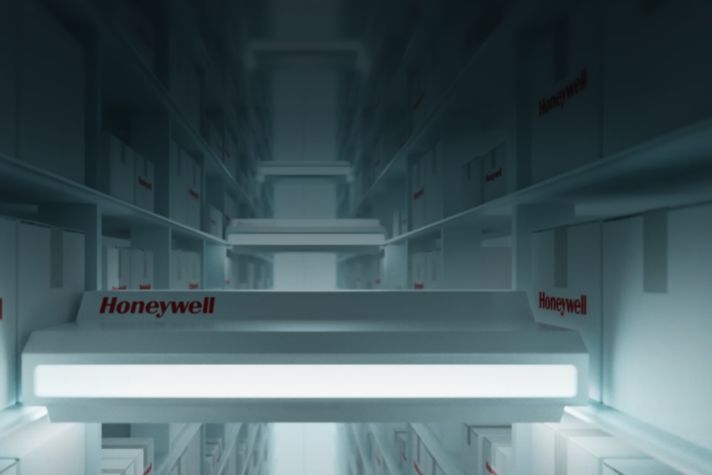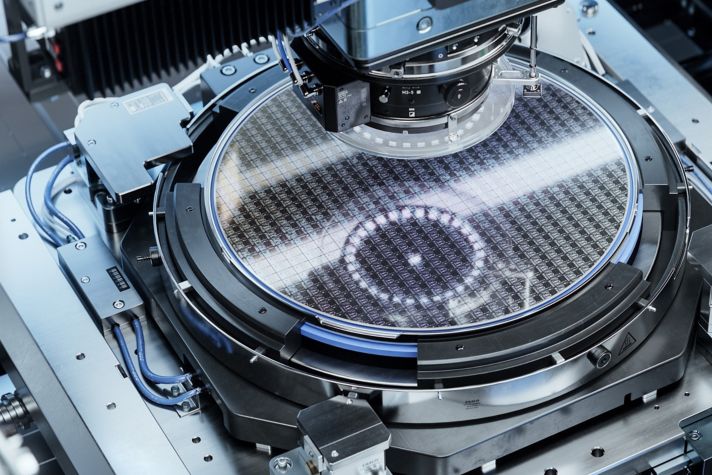The future of flight is in development today. Developments in urban air mobility (UAM) and advanced air mobility (AAM) over the last several years have brought air taxis and air ambulances of the future closer to becoming an everyday reality. UAM refers to highly automated and largely electric-powered aircraft that will transport passengers or cargo at lower altitudes within an urban area. AAM expands upon UAM to include longer-range travel between cities or outside of urban areas.1 Included within the UAM and AAM space are electric vertical takeoff and landing (eVTOL) aircraft, which can fly autonomously or be remotely piloted.2
These types of aircraft have the potential to dramatically alleviate traffic congestion in urban areas and make transporting people and goods more environmentally friendly. They can be used not only as an “air taxi” but also for last-mile delivery of consumer goods and for emergency medical services (EMS). Cities around the world, including Dallas and Los Angeles in the U.S. as well as Dubai, Singapore, Munich, Rio de Janeiro and others have been experimenting with different uses for UAM.3
State of the industry and what’s ahead
Globally, the UAM industry is estimated to surpass $30 billion in value in the next decade, growing at a CAGR of 30.2%.4 These aircraft have already accumulated 6,000+ flight hours in the testing phase over the past several years5 and large aviation companies are investing heavily in these technologies. According to research from McKinsey, roughly 18 of the 25 largest aerospace original equipment manufacturers (OEMs) are currently engaged in forward-looking air mobility initiatives.6
There are still many steps required before it becomes the norm to see one of these aircraft flying overhead. The different companies developing these technologies must finalize the design of their aircraft, get a prototype certified and start or continue building out their production systems.7 Regulators will need to determine routes and the altitudes at which the various types of aircraft will be able to fly.
The critical role of technology
A key element to advancing AAM efforts will be determining the technologies that are best suited to meet the needs of these novel aircraft. Traditional airplanes and helicopters incorporate many different technologies, from the flight controls, navigation system, and landing gear to the engine, auxiliary power unit (APU) system, environmental controls, and ventilation systems. These systems include a number of parts, from position and proximity sensors to thermal sensors and sealed switches.
With newly developed aircraft that are battery-powered and much smaller in size, many of these solutions will still be needed, but there will be extra emphasis on reducing size and weight. Hence the importance of SWaP to this sector – size, weight and power.
Components must be miniaturized to fit into these new aircraft. This might mean integrating multiple requirements into a single package to reduce the overall size. They must also be as lightweight as possible, much more so than the technologies on traditional aircraft. And they must enable the aircraft to optimize its flight range and time in the air, maximizing the power density or power available from the aircraft.
In addition to SWaP, UAM and AAM companies are also concerned with the durability and reliability of the technologies in their aircraft. Components must be durable enough to withstand frequent use and reliable enough for the aircraft to meet stringent safety standards, a top and long-standing priority of the aerospace industry.
Honeywell’s expertise in the aerospace sector
Honeywell has decades of experience in aerospace, providing customers with key technologies such as electro-mechanical sealed and un-sealed precision switches, proximity sensors, speed sensors, precision thermostats, temperature probes, and more.
Our engineers bring invaluable knowledge to the UAM and AAM field, allowing us to serve as design partners with UAM and AAM companies and OEMs as they are modifying and re-thinking the parts that will be needed to fly these new aircraft. We are able to deliver electrical and mechanical designs quickly for new, re-design, or testing purposes. We can also manufacture your design based on your print. Because of our deep expertise and wide range of solutions for aerospace, we can customize solutions for AAM customers, which is critically important in this emerging sector where SWaP is paramount and each aircraft’s requirements are different.
Whether you need a battery safety or current sensor for your aircraft’s battery, a proximity sensor, a speed sensor, a toggle switch, a micro switch, an air flow sensor, a position sensor, a pressure switch, or a pressure sensor for the guidance and navigation system, Honeywell has the solution to meet your needs.
Learn more
To learn more about our capabilities, products, and expertise in the future of flight, visit our website.
Sources:
1 - www.faa.gov/uas/advanced_operations/urban_air_mobility
2 - www.militaryaerospace.com/commercial-aerospace/article/14232160/urban-air-mobility-and-evtols-are-getting-ready-for-takeoff
3 - www.rolandberger.com/en/Insights/Global-Topics/Urban-Air-Mobility
4 - www.bloomberg.com/press-releases/2022-11-04/urban-air-mobility-uam-market-to-reach-30-7-billion-globally-by-2031-at-30-2-cagr-allied-market-research
5, 6, 7 - www.mckinsey.com/industries/aerospace-and-defense/our-insights/future-air-mobility-blog/future-air-mobility-major-developments-in-2022-and-significant-milestones-ahead






